Peugeot 308 SW vs Renault Kangoo – Which model is better for everyday use?
Two cars, one duel: Peugeot 308 SW meets Renault Kangoo.
Which one wins in performance, efficiency and value for money? Find out now!
Costs and Efficiency: Price and efficiency are often the first things buyers look at. Here it becomes clear which model has the long-term edge – whether at the pump, the plug, or in purchase price.
Renault Kangoo has a distinct advantage in terms of price – it starts at 23100 £, while the Peugeot 308 SW costs 30100 £. That’s a price difference of around 7063 £.
Fuel consumption also shows a difference: Peugeot 308 SW manages with 0.80 L and is therefore convincingly more efficient than the Renault Kangoo with 5.20 L. The difference is about 4.40 L per 100 km.
In terms of energy consumption, the advantage goes to the Peugeot 308 SW: with 15.30 kWh per 100 km, it’s evident more efficient than the Renault Kangoo with 20.20 kWh. That’s a difference of about 4.90 kWh.
As for range, the Peugeot 308 SW performs distinct better – achieving up to 410 km, about 125 km more than the Renault Kangoo.
Engine and Performance: Power, torque and acceleration say a lot about how a car feels on the road. This is where you see which model delivers more driving dynamics.
When it comes to engine power, the Peugeot 308 SW has a evident edge – offering 195 HP compared to 130 HP. That’s roughly 65 HP more horsepower.
In acceleration from 0 to 100 km/h, the Peugeot 308 SW is significantly quicker – completing the sprint in 7.70 s, while the Renault Kangoo takes 11.60 s. That’s about 3.90 s faster.
In terms of top speed, the Peugeot 308 SW performs to a small extent better – reaching 225 km/h, while the Renault Kangoo tops out at 184 km/h. The difference is around 41 km/h.
There’s also a difference in torque: Peugeot 308 SW pulls barely noticeable stronger with 300 Nm compared to 270 Nm. That’s about 30 Nm difference.
Space and Everyday Use: Cabin size, boot volume and payload all play a role in everyday practicality. Here, comfort and flexibility make the difference.
Seats: Renault Kangoo offers evident more seating capacity – 7 vs 5.
In curb weight, Peugeot 308 SW is slight lighter – 1475 kg compared to 1585 kg. The difference is around 110 kg.
In terms of boot space, the Renault Kangoo offers distinct more room – 950 L compared to 608 L. That’s a difference of about 342 L.
In maximum load capacity, the Renault Kangoo performs decisively better – up to 3050 L, which is about 1416 L more than the Peugeot 308 SW.
When it comes to payload, Renault Kangoo a bit takes the win – 609 kg compared to 500 kg. That’s a difference of about 109 kg.
Who comes out on top?
Overall, the Peugeot 308 SW shows itself to be leaves the rival little chance and secures the title of DriveDuel Champion.
It convinces with the more balanced overall package and proves to be the more versatile choice for everyday use.
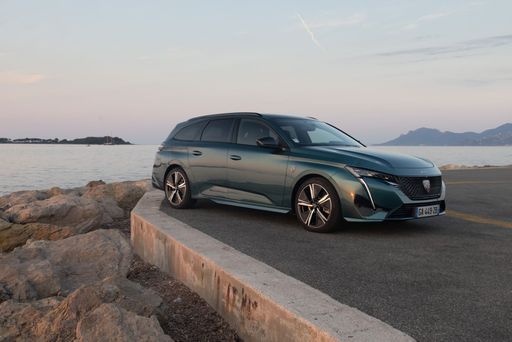
Peugeot 308 SW
Peugeot 308 SW
The Peugeot 308 SW impresses with its stylish design and practical nature, making it a standout in the estate car category. Its spacious interior is complemented by a high-quality finish, offering comfort for both the driver and passengers. The vehicle also boasts advanced technology features, ensuring a modern and enjoyable driving experience.
details @ media.stellantis.com
@ media.stellantis.com
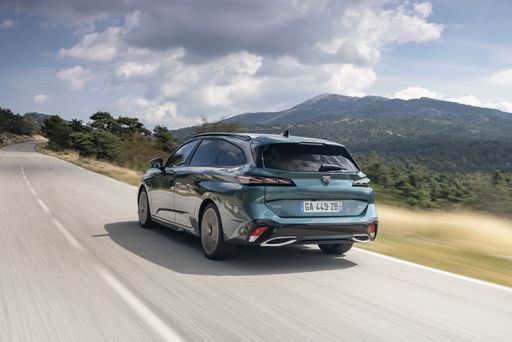 @ media.stellantis.com
@ media.stellantis.com
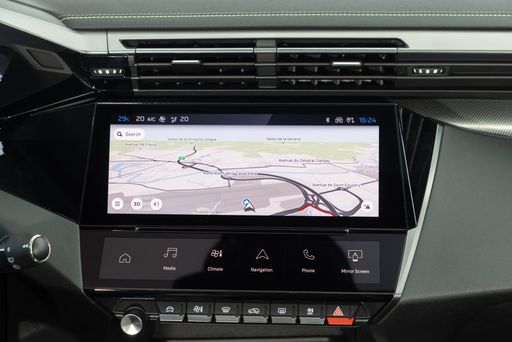 @ media.stellantis.com
@ media.stellantis.com
 @ media.stellantis.com
@ media.stellantis.com
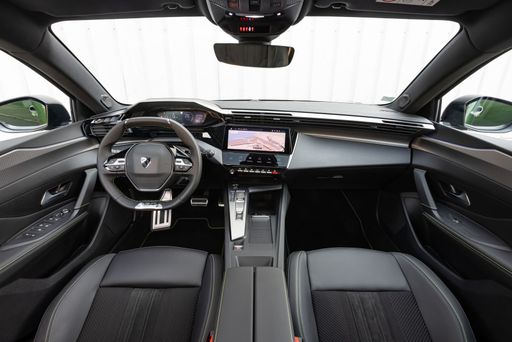 @ media.stellantis.com
@ media.stellantis.com
Renault Kangoo
The Renault Kangoo high-roof van delivers a practical and versatile solution for both family and commercial use, with its spacious interior and adaptable seating arrangements. Its modern design and user-friendly features provide comfort and convenience, making it an appealing option for those needing a reliable workhorse. Additionally, the efficient engine options ensure a balanced approach to performance, keeping running costs manageable for everyday driving.
details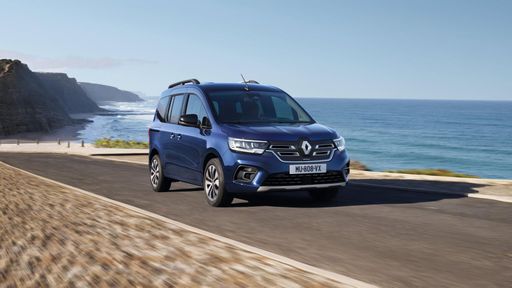 @ Renault
@ Renault
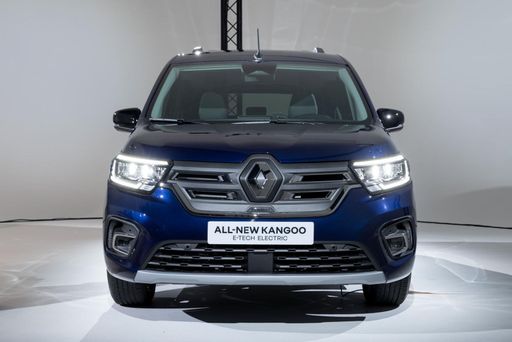 @ Renault
@ Renault
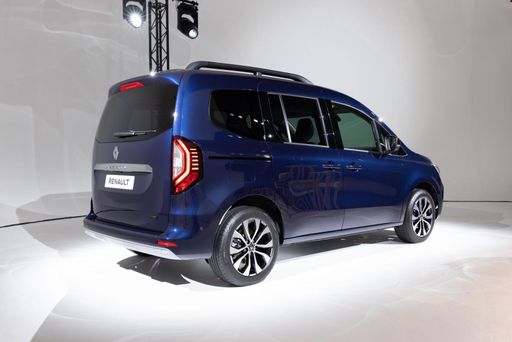 @ Renault
@ Renault
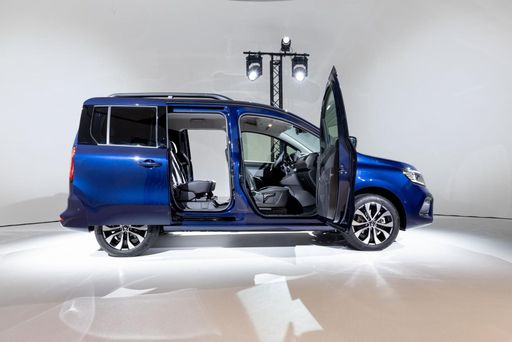 @ Renault
@ Renault
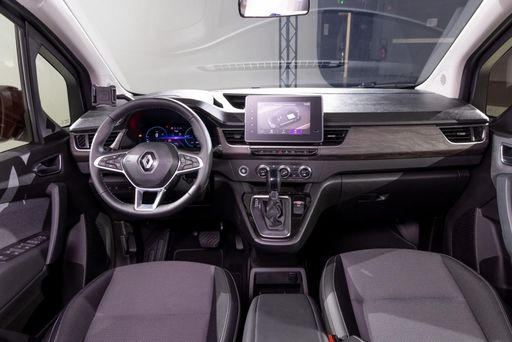 @ Renault
@ Renault
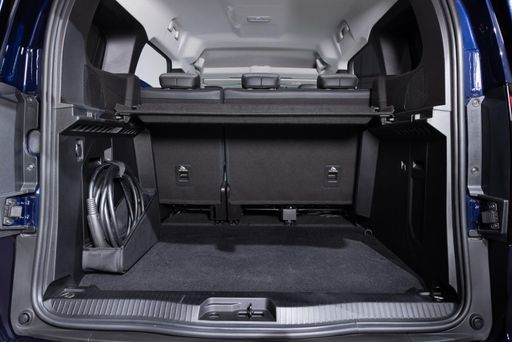 @ Renault
@ Renault

|

|
|
|
|
Costs and Consumption |
|
|---|---|
|
Price
30100 - 42700 £
|
Price
23100 - 36200 £
|
|
Consumption L/100km
0.8 - 5.1 L
|
Consumption L/100km
5.2 - 7.1 L
|
|
Consumption kWh/100km
15.30 kWh
|
Consumption kWh/100km
20.2 - 21.5 kWh
|
|
Electric Range
78 - 410 km
|
Electric Range
278 - 285 km
|
|
Battery Capacity
51 kWh
|
Battery Capacity
-
|
|
co2
0 - 134 g/km
|
co2
0 - 161 g/km
|
|
Fuel tank capacity
42 - 53 L
|
Fuel tank capacity
54 L
|
Dimensions and Body |
|
|---|---|
|
Body Type
Estate
|
Body Type
High Roof Estate
|
|
Seats
5
|
Seats
5 - 7
|
|
Doors
5
|
Doors
5
|
|
Curb weight
1475 - 1791 kg
|
Curb weight
1585 - 2041 kg
|
|
Trunk capacity
467 - 608 L
|
Trunk capacity
500 - 950 L
|
|
Length
4636 mm
|
Length
4486 - 4911 mm
|
|
Width
1852 mm
|
Width
1860 - 1919 mm
|
|
Height
1442 mm
|
Height
1838 - 1869 mm
|
|
Max trunk capacity
1402 - 1634 L
|
Max trunk capacity
1296 - 3050 L
|
|
Payload
409 - 500 kg
|
Payload
400 - 609 kg
|
Engine and Performance |
|
|---|---|
|
Engine Type
Diesel, Electric, Petrol MHEV, Plugin Hybrid
|
Engine Type
Diesel, Petrol, Electric
|
|
Transmission
Automatic
|
Transmission
Manuel, Automatic
|
|
Transmission Detail
Automatic Gearbox, Reduction Gearbox, Dual-Clutch Automatic
|
Transmission Detail
Manual Gearbox, Dual-Clutch Automatic, Reduction Gearbox
|
|
Drive Type
Front-Wheel Drive
|
Drive Type
Front-Wheel Drive
|
|
Power HP
130 - 195 HP
|
Power HP
95 - 130 HP
|
|
Acceleration 0-100km/h
7.7 - 10.9 s
|
Acceleration 0-100km/h
11.6 - 15.6 s
|
|
Max Speed
170 - 225 km/h
|
Max Speed
130 - 184 km/h
|
|
Torque
230 - 300 Nm
|
Torque
200 - 270 Nm
|
|
Number of Cylinders
3 - 4
|
Number of Cylinders
4
|
|
Power kW
96 - 144 kW
|
Power kW
70 - 96 kW
|
|
Engine capacity
1199 - 1598 cm3
|
Engine capacity
1332 - 1461 cm3
|
General |
|
|---|---|
|
Model Year
2023 - 2025
|
Model Year
2022 - 2024
|
|
CO2 Efficiency Class
D, A, C, B
|
CO2 Efficiency Class
E, F, D, A
|
|
Brand
Peugeot
|
Brand
Renault
|
Is the Peugeot 308 SW offered with different drivetrains?
The Peugeot 308 SW is available as Front-Wheel Drive.
The prices and data displayed are estimates based on German list prices and may vary by country. This information is not legally binding.
